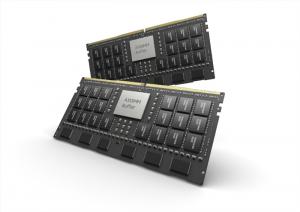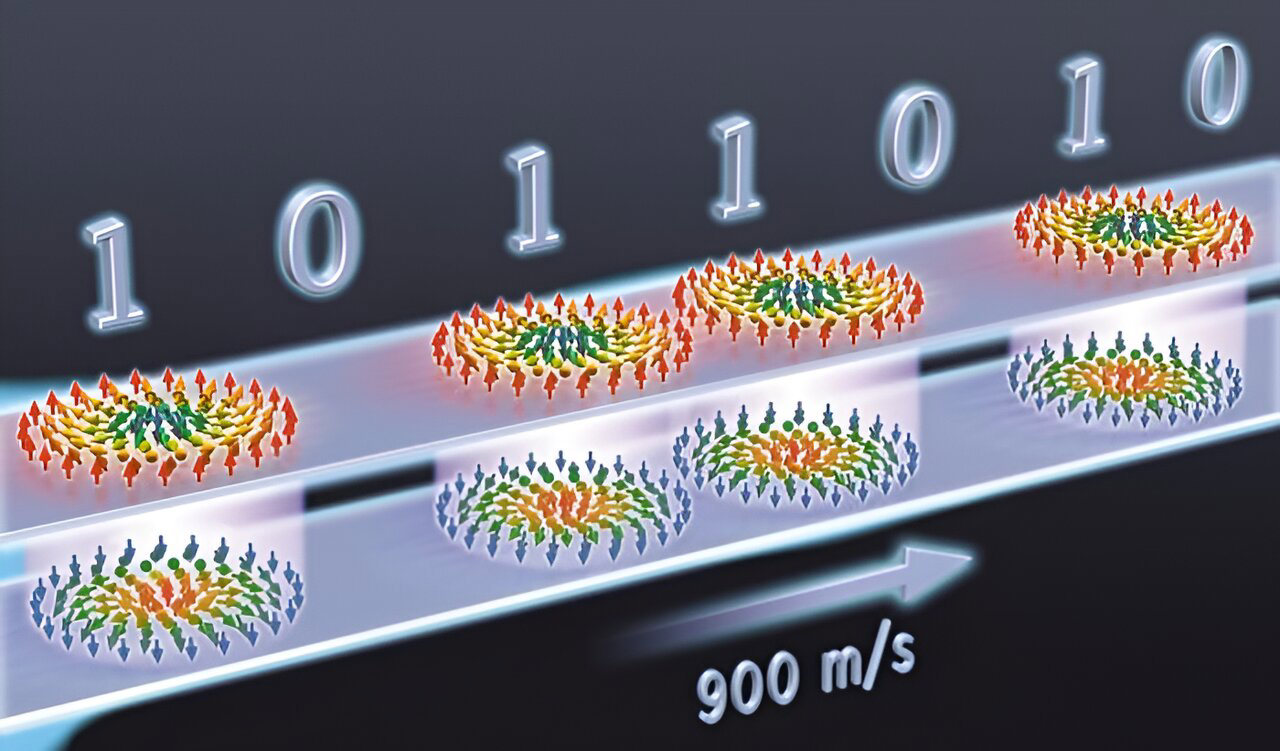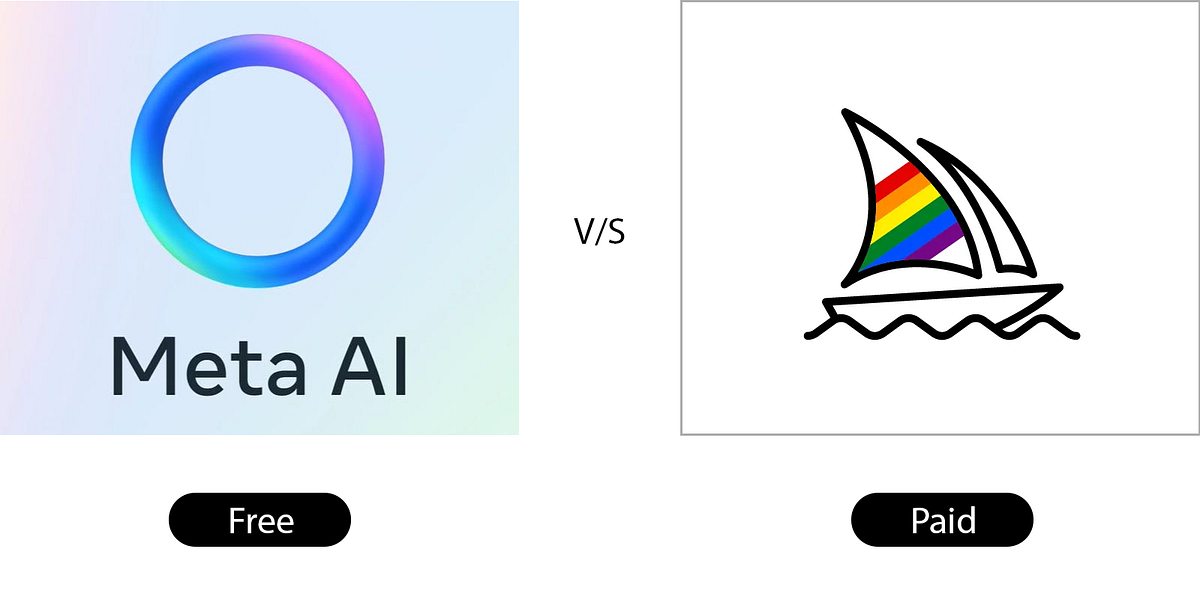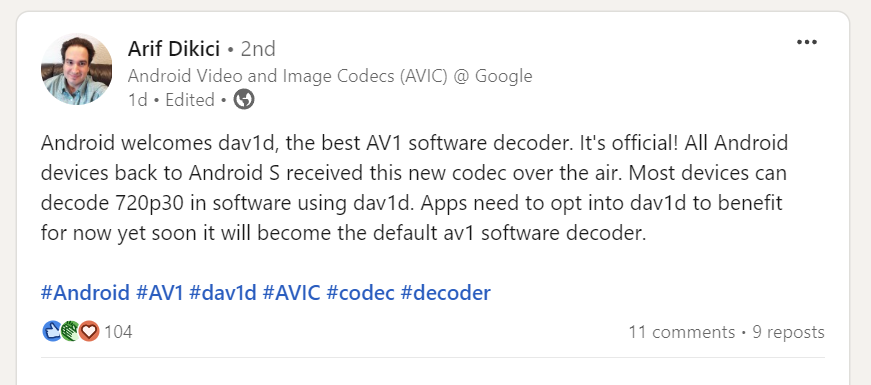
Measuring memory usage: virtual versus real memory
Software developers are often concerned with the memory usage of their applications, and rightly so. Software that uses too much memory can fail, or be slow.
Memory allocation will not work the same way under all systems. However, at a high level, most modern operating systems have virtual memory and physical memory (RAM). When you write software, you read and write memory at addresses. On modern systems, these addresses are 64-bit integers. For all practical purposes, you have an infinite number of these addresses: each running program could access hundreds of terabytes.
However, this memory is virtual. It is easy to forget what virtual mean. It means that we simulate something that is not really there. So if you are programming in C or C++ and you allocate 100 MB, you may not use 100 MB of real memory at all. The following line of code may not cost any real memory at all:
Of course, if you write or read memory at these ‘virtual’ memory addresses, some real memory will come into play. You may think that if you allocate an object that spans 32 bytes, your application might receive 32 bytes of real memory. But operating systems do not work with such fine granularity. Rather they allocate memory in units of “pages”. How big is a page depends on your operating system and on the configuration of your running process. On PCs, a page might often be as small as 4 kB, but it is often larger on ARM systems. Operating systems allow you to request large pages (e.g., one gigabyte). Your application receives “real” memory in units of pages. You can never just get “32 bytes” of memory from the operating system.



















/cdn.vox-cdn.com/uploads/chorus_asset/file/24000090/acastro_STK075_02.jpg)

